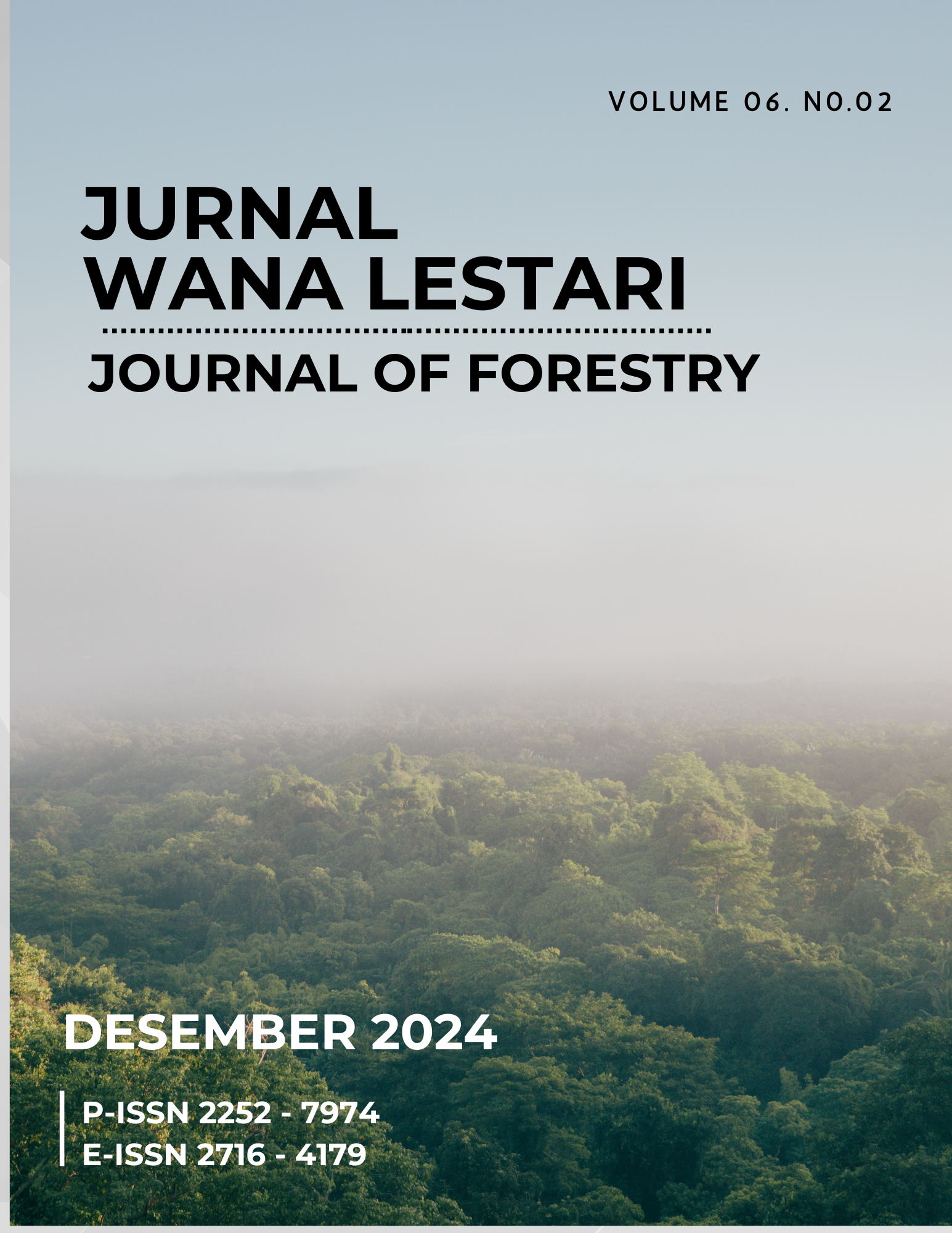Identication of Insect Pests on Arabic Coffee Plants S795 in Beiwali Village, Bajawa District, Ngada District
Abstract
This research was carried out in Beiwali Village, Bajawa District, Ngada Regency. The aim of this research was to identify the types of pest insects, symptoms of damage caused by pests, the population of pest insects on arabica S795 coffee plants in Beiwali Village, Bajawa District, Ngada Regency. The method used in this research is a survey method. The types of data collected are primary data and secondary data. Primary data was obtained by conducting interviews with farmers at the research location and direct observation of arabica S795 coffee plants and using traps in the form of coptan attractants and yellow traps, while secondary data including rainfall, temperature and air humidity were obtained from the research location villages and other agencies. The pest insects obtained were collected, grouped and put into bottles and collection boxes to be preserved and identified at the Plant Pest Laboratory, Faculty of Agriculture, Nusa Cendana University. The results of this research show that the types of insect pests found and the symptoms of damage caused to Arabica coffee plants are: Hypothenemus hampei with symptoms of damage: holes at the tip of the coffee fruit, cracks on the inside which causes the coffee fruit to turn black and become damaged. Planococcus citri with symptoms of fruit slowly turning yellow and black sooty mold appearing. Meanwhile, Aphis gossyipii was found in colonies under plant shoots which were below the surface of the leaves but no signs of significant damage were found. The pest insect populations found were: Hypothenemus hampei with a total of 184 individuals, Planococcus citri with a total of 166 individuals and Aphis gossyipii with a total of 32 individuals. The highest percentage of damage intensity was caused by Hypothenemus hampei with a cumulative average of 14.13%, which was included in the mild category. The cumulative average intensity of damage by Planococcus citri was 0.88%, which was included in the mild category, while there was no damage to Aphis gossyipii.

 Titik Sri Harini(1*)
Titik Sri Harini(1*)







